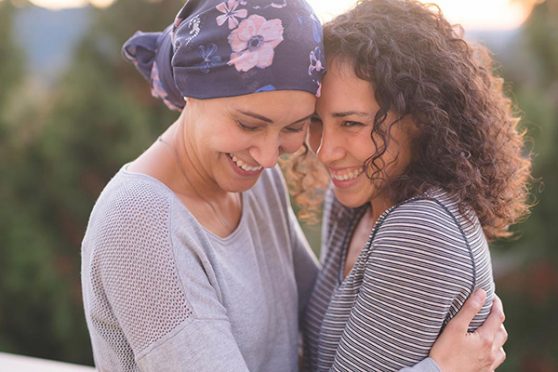When it comes to breast cancer treatments, what is the difference between a mastectomy and a lumpectomy?
Hartford HealthCare’s Jocelyn Maminta recently spoke with breast surgeon Dr. Brigid Killelea, director of clinic integration and breast surgery at the Hartford HealthCare Cancer Institute at St. Vincent’s Medical Center, about the various surgeries available to breast cancer patients.
Depending on the severity of the diagnosis, patients typically have the option of undergoing either a mastectomy (removal of the breast) or a lumpectomy (removal of the cancerous tissue in part of the breast).
“Oftentimes, if the breast cancer is small and confined to an area where we can get it out and not leave a noticeable cosmetic defect, we can do a lumpectomy,” said Dr. Killelea. “But if the area is larger, we might need to do a mastectomy.”
Even with a mastectomy, Dr. Killelea notes that it is important to understand that it does not completely remove the chance of breast cancer recurrence, as it is impossible for a surgeon to remove all of the breast tissue.
“We can remove all of the tumor, but not all of the breast tissue,” she said. “There’s always some microscopic cells that could be left behind that we can’t see or feel. Every breast cancer patient, unfortunately, does have a risk of what we call local recurrence or the breast cancer coming back. We take every precaution to reduce that risk as much as we possibly can. But, unfortunately, it’s never zero.”
For a mastectomy, the recovery time is a bit longer than a lumpectomy, which is typically done on an outpatient basis. If a patient is undergoing a mastectomy with reconstruction, the recovery time can be longer — up to four to six weeks. Many patients that have a mastectomy opt to have reconstruction done as well, said Dr. Killelea.
“It’s one surgery,” she explained. “It spares patients having to come back for an additional large procedure.”
When it comes to reconstruction, patients have the option of implant reconstruction which uses saline or silicone breast implants, or autologous tissue reconstruction which uses extra fat from other parts of the body to recreate the breast — such as the DIEP flap surgery.
“We really spend a lot of time talking to patients to figure out what’s best for them,” she said. “Sometimes, if patients are going to need additional treatment, like radiation after a mastectomy, a DIEP flap might be good for them. The recovery is a little bit longer, but in general, we have very good success with both techniques.”
For more information on breast screenings at Hartford HealthCare, click here.


